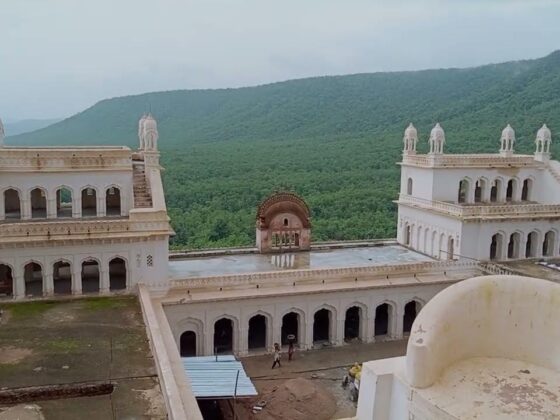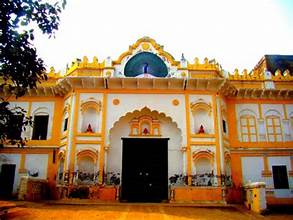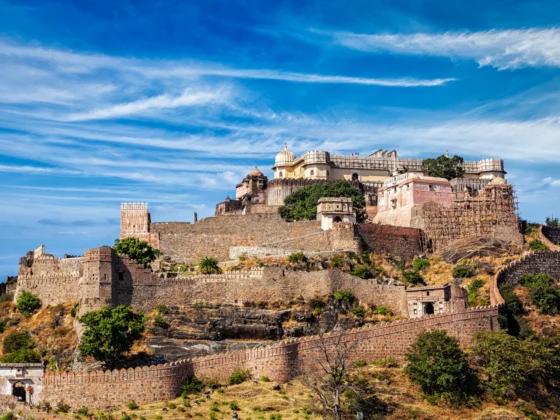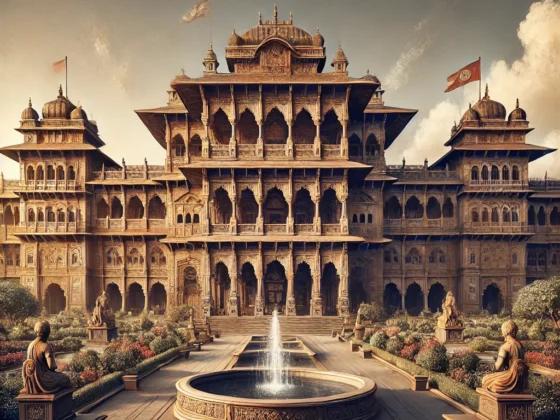
Bhonsle Dynasty: A Legacy of Power and Influence
Introduction
The Bhonsle Dynasty played a crucial role in shaping the history of India. Emerging from the Maratha warrior class, the Bhonsles rose to prominence in the 17th century under Shivaji Maharaj, establishing a powerful kingdom that challenged the Mughal Empire and later expanded its influence across the Indian subcontinent.
Origins and Rise of the Bhonsles
The Bhonsle clan traces its lineage to the 13th-century Suryavanshi Rajputs, who later settled in Maharashtra. However, the real transformation began with Shivaji (1630–1680), who laid the foundation of the Maratha Empire. His administrative prowess, military strategies, and guerrilla warfare tactics made him one of the most revered rulers in Indian history.
Notable Bhonsle Rulers
Shivaji Maharaj (1630–1680): Founder of the Maratha Empire, known for his valor and strategic warfare.
Sambhaji Maharaj (1657–1689): Shivaji’s son who fought against the Mughal forces but was captured and executed.
Rajaram Maharaj (1670–1700): Continued the struggle against the Mughals and established his base in Gingee.
Shahu Maharaj (1682–1749): His rule saw the rise of the Peshwas, who expanded the Maratha influence.
Raghuji Bhonsle of Nagpur (1695–1755): Established the Nagpur Bhonsle branch, expanding Maratha rule in Central India.
The Expansion of the Bhonsles
The Bhonsle rulers played a significant role in expanding Maratha dominance beyond Maharashtra. The Nagpur Bhonsles controlled territories in Central and Eastern India, while others led expeditions in the Deccan, Gujarat, and Bengal.
Military Achievements and Administration
The Bhonsle Dynasty was known for its military excellence and well-organized administration. Shivaji’s introduction of Ashta Pradhan (Council of Eight Ministers) laid the foundation for efficient governance. The Maratha cavalry, known for its swift movements, played a key role in resisting Mughal advances and later British colonial ambitions.
Decline and British Encounters
By the early 19th century, the power of the Bhonsle rulers declined due to internal conflicts and the growing influence of the British East India Company. The Third Anglo-Maratha War (1817–1818) led to the fall of the Maratha Empire, with the British annexing the territories ruled by the Bhonsles.
Cultural and Historical Impact
The Bhonsle Dynasty left a lasting legacy in architecture, military strategy, and administration. Their patronage of arts, literature, and temples enriched the cultural heritage of India. The forts built by Shivaji, such as Raigad, Pratapgad, and Sindhudurg, stand as testaments to their architectural brilliance.
Conclusion
The Bhonsle Dynasty remains a symbol of Maratha pride and resilience. Their strategic military campaigns, governance reforms, and contributions to Indian culture continue to inspire generations. Even after their decline, the legacy of the Bhonsles is celebrated in Maharashtra and beyond, reflecting the indomitable spirit of the Marathas.










